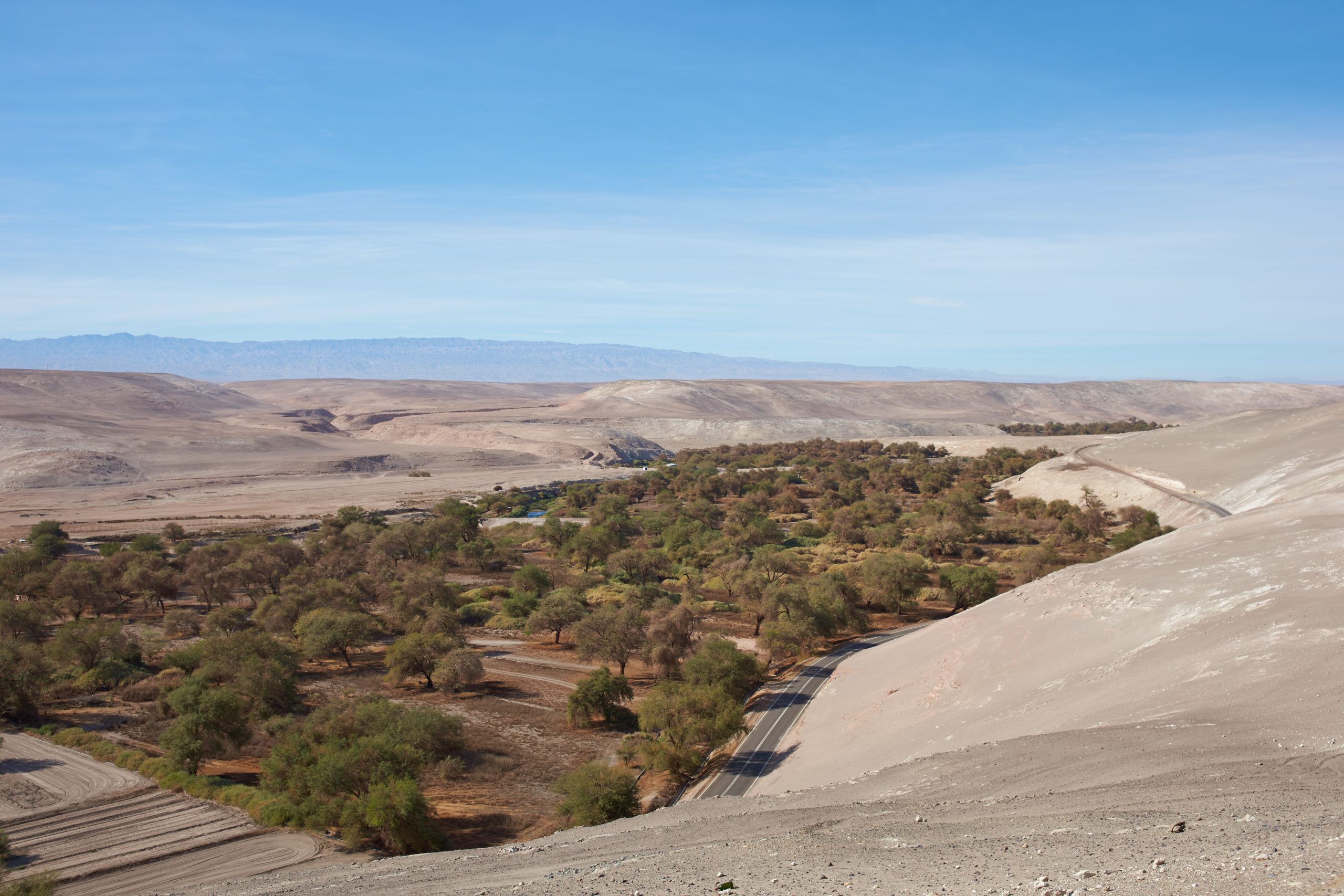Raising Honeybees in the Atacama Desert
March 03, 2016
The Atacama Desert, a vast expanse of barren rock and sand in northern Chile, is notoriously inhospitable to most forms of life and is considered one of the driest places in the world. However, people and animals alike have found ways to survive and thrive, with humans and honeybees even mutually benefiting from working together. Luis Escalante, a Chilean beekeeper, lives in San Pedro de Atacama and owns one of the greener patches of acreage in the area. Even in the desert’s dry climate, Escalante has managed to grow a successful honey business, his honeybees fertilizing the few types of desert flowers available and producing amounts of honey that would seem completely impossible to grow in such a hardened, merciless environment.
Escalante’s operation is tailored for his honeybees, with the hives set in a grove of chanar and algarrobo trees so the bees don’t have to travel far to collect nectar. A branch of San Pedro’s river also runs through Escalante’s land, from which he collects water to keep the bees from travelling too far and dying. Additionally, the legs of his wooden hives are set in oil caps to protect the honeybees from ants, the only formidable predator they have in the desert since most parasites and predators cannot survive the Atacama's climate.
While Escalante’s land is customized to house honeybees, life in the desert is still not easy for them. Many local beekeepers tried to breed Italian honeybees, but they could not survive the dry, volatile conditions. “They are menaced by the climate,” said Escalante. “It’s hot in the day, but very cold at night, with a lot of wind and sun.” For that reason, most Atacama beekeepers use a species with stronger adaptive traits. They also have to contend with mites, and in order to prevent them and diseases from spreading, many beekeepers do not import queen bees--instead, they let the honeybees choose their own queens within the hives’ larvae population.
When handling his bees, Escalante wears protective gear and calmly and gently handles the combs in order to extract honey. The bees themselves are so calm around him that Escalante wears regular cloth pants, and given that his chosen breed is naturally docile, the Chilean beekeeper hardly worries. After extracting the honey, Escalante bottles, packages, and then sells the crop in San Pedro and occasionally Santiago.
Escalante has admitted that his honey yield will be low this year because the climate is much drier this year--and in the Atacama Desert that is very, very dry. “[The bees] aren’t producing well because of the climate change,” he said. “It’s so dry this year.” The piece of river running through Escalante's land is also lower, making the buckets of water he provides extra important to keep the bees healthy and alive. Considering their past resistance to the weather, it’s not hard to believe that both the bees and Escalante will survive the desert’s challenges and prosper regardless.


.jpg)




